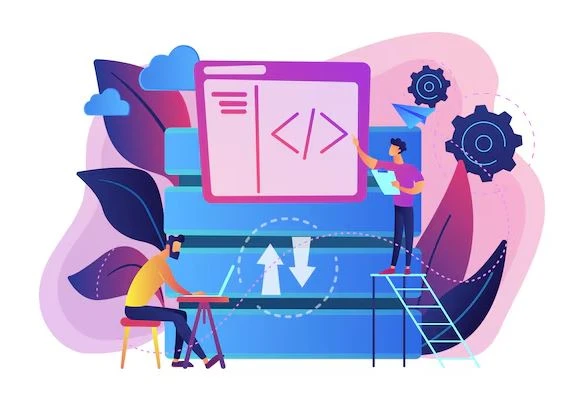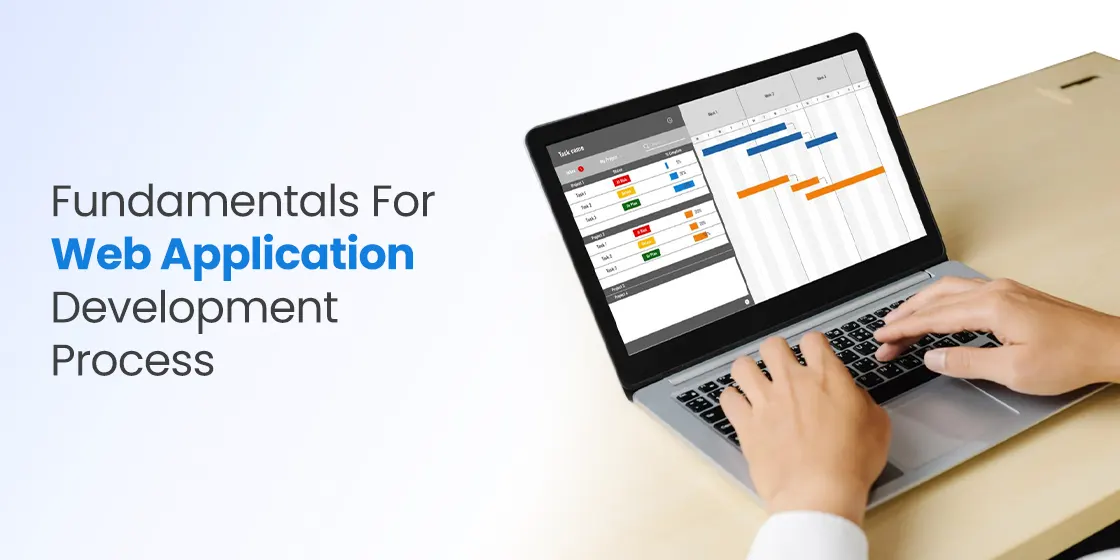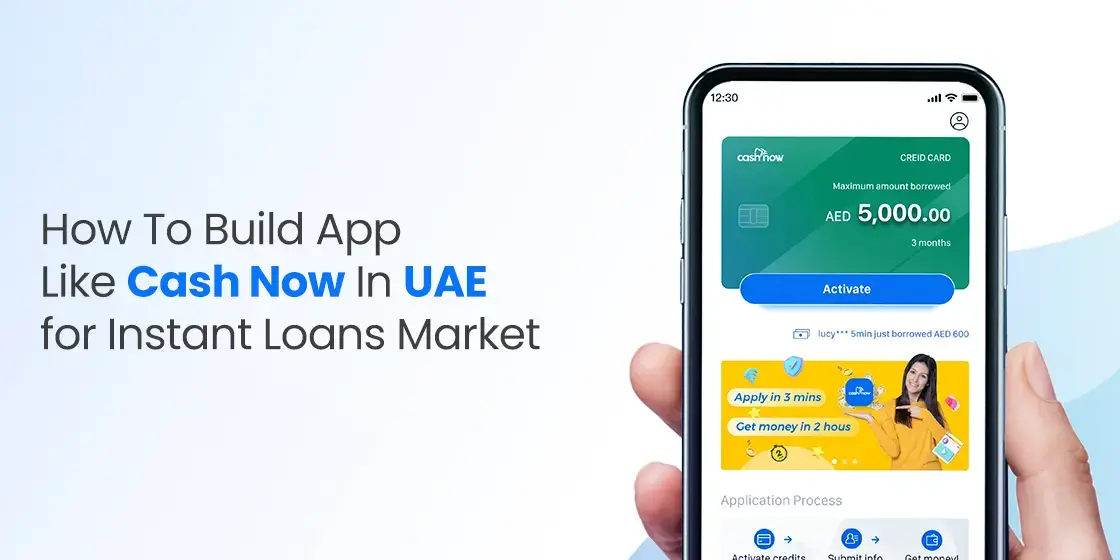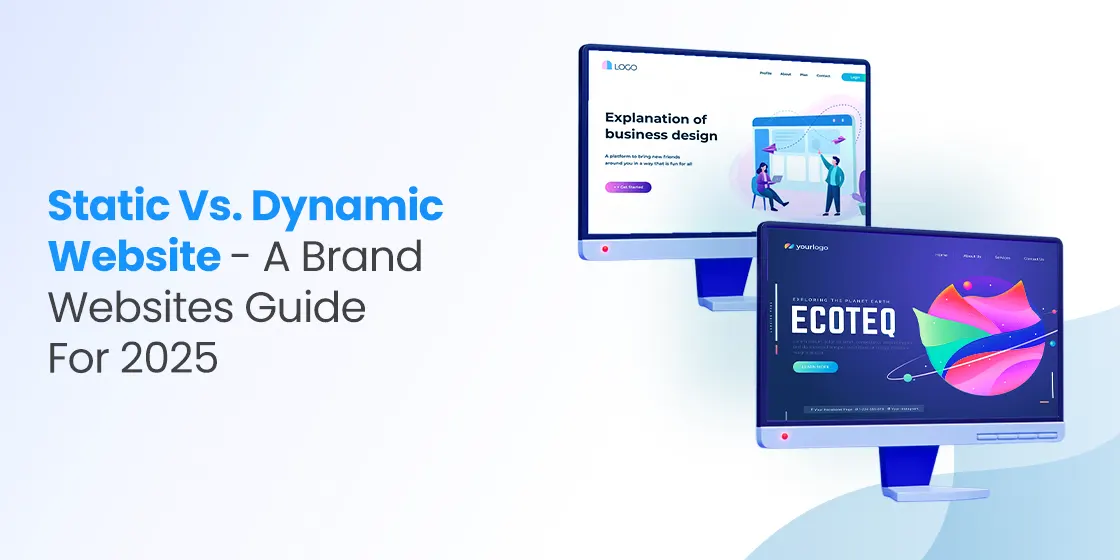Table of Content
Know All the Core Steps to Build a Web Application
The internet has changed the way we interact, work, and shop. Businesses of all sizes are now moving online to meet customer needs and stay ahead of the competition. In this digital era, having a strong online presence is more than just an option—it’s a necessity.
One of the best ways for companies to connect with users is through web applications. These apps are designed to run in web browsers and offer a smooth user experience. Whether it’s booking a service, buying a product, or accessing information, web apps make it easier for users to get what they need quickly and efficiently.
But building a web application isn’t as simple as putting a few web pages together. It involves planning, research, coding, and testing. Professional web development services can bring great value to a business by improving customer engagement, increasing efficiency, and boosting revenue. This article will take you through the entire web application development process and explain why it’s so important for businesses today.
Why Web App Development Has Become Essential for Companies?

In today’s fast-paced digital world, customers expect quick and easy access to services. Web applications meet this need by allowing users to interact with businesses online at any time, from anywhere. This level of accessibility builds trust and strengthens customer relationships.
For companies, web apps are more than just a digital tool. They help streamline internal processes, reduce costs, and improve overall efficiency. With the right features, businesses can automate tasks, track customer behavior, and collect useful data for better decision-making.
Moreover, web apps provide a competitive edge. Companies that offer online services through web apps can stand out in the market. They appear more modern, customer-friendly, and efficient. In short, web application development has become essential because it supports growth, customer satisfaction, and digital transformation.
Types of Web Applications

Web applications come in various forms. Each type has its own features, benefits, and use cases. Let’s explore the main types of web applications:
Static Web Applications
Static web apps are the simplest type. They are made up of fixed web pages coded using HTML and CSS. These apps display the same content to every user and do not interact with the server beyond loading the page.
Since they don’t rely on server-side processing, static apps are fast and secure. However, they lack flexibility and user interactivity. They are best suited for small websites, portfolios, or informational pages that don’t need regular updates.
Dynamic Web Applications
Unlike static apps, dynamic web applications fetch data from databases and update content in real-time. They use server-side languages like PHP, Python, or Node.js to generate content dynamically based on user actions.
Dynamic apps are ideal for businesses that need user interaction and content management features. Examples include e-commerce websites, online forums, and content-heavy platforms. They offer flexibility but may require more resources to develop and maintain.
Single Page Applications
Single Page Applications (SPAs) load a single HTML page and dynamically update content as the user interacts with the app. They use JavaScript frameworks like React, Angular, or Vue.js to handle page rendering on the client side.
For real estate website development, SPAs offer a smooth and fast user experience by reducing the need to reload entire pages. They are perfect for apps that need real-time updates, such as social media platforms, dashboards, or email clients. However, they can be complex to develop and may have SEO limitations.
Progressive Web Applications (PWAs)
Progressive Web Applications combine the best features of web and mobile apps. They work in web browsers but offer app-like experiences. PWAs can work offline, send push notifications, and be installed on a user’s device without going through an app store.
They are highly responsive and reliable, making them ideal for businesses that want to reach users across devices. Companies like Twitter, Starbucks, and Uber use PWAs to offer fast, mobile-friendly experiences without the cost of building native apps.
Step-by-Step Approach to Web Application Development Process

Building a web application requires careful planning and execution. If you want to know how to create a web app, let’s go through the major steps involved in the web app development process:
Market Research
Before writing a single line of code, it’s important to do market research. This helps you understand your target audience, their needs, and what competitors are offering.
Start by identifying who your users are and what problems they face. Conduct surveys, interviews, or study online reviews. This research will guide your product features and design decisions. You’ll also learn what’s missing in the market and how your web app can stand out.
Define Objectives and Goals
Once you have your research, the next step is to clearly define what your web app should achieve. What is the core purpose of the app? Is it meant to sell products, offer services, or solve a specific problem?
List your key goals. These could be increasing user engagement, improving sales, or offering better support. Set measurable objectives so you can track your progress. A clear roadmap helps everyone on the team stay aligned and focused.
Choose Development Stack
The tech stack you choose will affect the performance, scalability, and maintenance of your web app. A typical web app includes:
- Frontend (client-side): Technologies like HTML, CSS, JavaScript, and frameworks such as React, Angular, or Vue.js.
- Backend (server-side): Coding languages and frameworks like Node.js, Python with Django, Ruby on Rails, or PHP with Laravel.
- Database: Options like MySQL, PostgreSQL, MongoDB, or Firebase.
Choose tools that fit your project size, timeline, and team skillset. Consider long-term support, security, and community backing when selecting your stack.
Start App Development
With goals set and tools in place, the development phase begins. This is where your ideas turn into a working product. Break the development into smaller milestones or sprints if you’re using agile methods.
The frontend team designs the user interface, ensuring it’s responsive and user-friendly. At the same time, the backend team handles database setup, server logic, and API integrations. Frontend and backend must work closely to ensure smooth communication between the user interface and the database.
Developers often use version control tools like Git to manage code. Regular code reviews and testing during this phase help catch issues early and keep the codebase clean.
Test the Application
Testing is a crucial part of development. It ensures the app runs smoothly, is bug-free, and meets the original goals. There are several types of testing to perform:
- Functionality Testing: Checks if features work as expected.
- Performance Testing: Tests how the app performs under different loads.
- Usability Testing: Evaluates how easy the app is to use.
- Security Testing: Ensures the app is protected from threats and data leaks.
User feedback during beta testing is also valuable. It reveals how real users interact with the app and highlights areas for improvement. After fixing any issues, the app is ready for launch.
Frequently Asked Questions
| Why web development has become important for businesses? Web development is important for businesses because it creates a strong online presence. It helps them reach more customers and build credibility. A well-designed website also improves user experience and supports marketing, sales, and customer service efforts. |
| How many types of web applications are there? There are four main types of web applications i.e. Static, Dynamic, Single Page Applications (SPAs), and Progressive Web Applications (PWAs). Each type serves different purposes based on functionality, user interaction, and performance. |
| What is a dynamic web application? A dynamic web application displays content that changes based on user interactions or data fetched from a server. It uses server-side scripting languages like PHP, Python, or Node.js to generate real-time content. |
Final Words
Web applications have become a vital part of how companies operate and connect with users. Whether it’s a small business offering online services or a global brand managing millions of users, a well-developed web app can make a big difference.
The process—from market research to testing—is detailed and requires attention at every stage. But with the right approach, businesses can create apps that are fast, secure, and tailored to their audience’s needs.
As technology continues to evolve, web apps will only become more important. Investing time and effort into a solid development process can lead to long-term growth, improved customer satisfaction, and a strong digital presence.

Empower your digital journey with StruqtIO - Your dedicated partner for cutting-edge custom software development, innovation, and digital transformative solutions. Harness the power of technology to elevate your business and redefine your digital landscape today.


